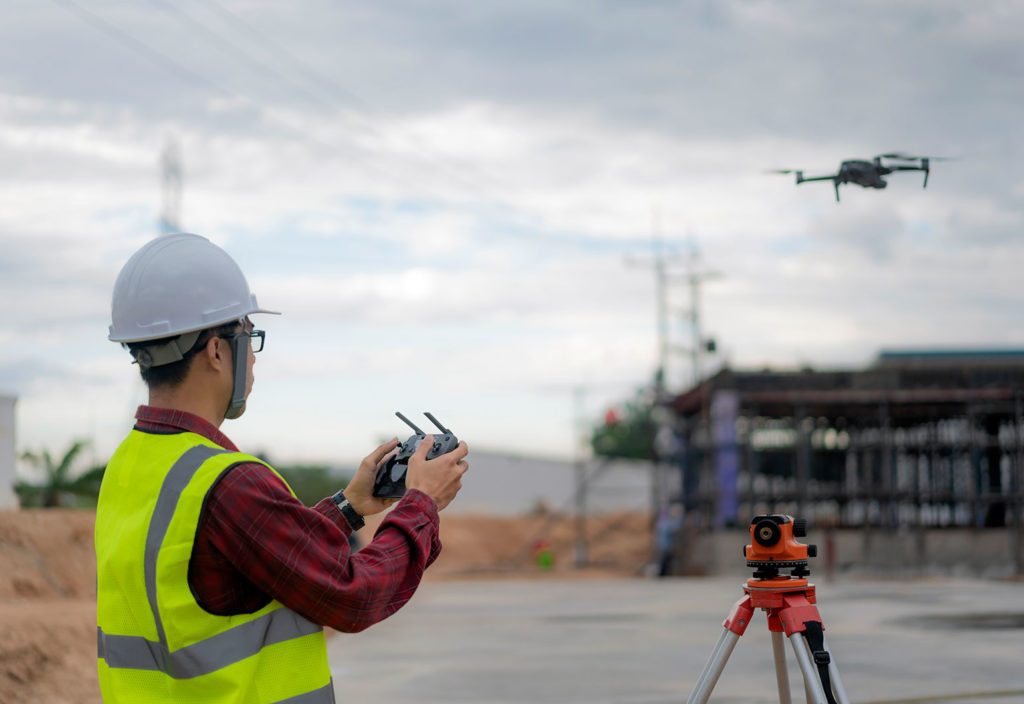Drones are taking infrastructure planning to new heights, with a recent study showing how drone-captured data can be used to create a comprehensive idea of where, and how, new assets can be built.
WSP Water Treatment Section Executive and engineer Stephen Chapman said using drones was hugely beneficial when considering the best options for new construction works on-site.
He pointed to an example of a water treatment plant in Sydney, which needed to double its capacity without encroaching on land beyond its existing fence line. This footprint constraint made it difficult to identify where new structures could be built.
“It was difficult to find locations; it’s a very busy, operating site and any proposed plans for construction had to take this into account,” Chapman told attendees at water industry conference Ozwater’20 Online recently.
The solution? Sending up drones. In just half a day, the drones captured data on the plant that could then be used to create a 3D model of the site.
“This is the future, and it’s here: a 3D model created so rapidly and at such low-cost that it’s suitable for showing preliminary design options,” Chapman said.
“Once we have that base model, we are able to show our preliminary design information in 3D shapes, which adds a new dimension to preliminary design.”
Chapman said the new methodology helped the team overcome traditional design barriers when considering the most suitable options for upgrades.
“Vertical distance and hydraulic grade lines are measurable, which is very useful for the design phase,” he said.
“The model worked very well for getting a sense of the 3D space within which different structures could be built.”
Chapman said the benefits of using the novel method were numerous: capturing data is low cost, checking dimensions of the site is quick and simple, and it reduces the need for site visits.
“The model we created from drones is true information; it shows everything on the site,” he said.
“Rather than relying on old drawing sets, we are able to show true, as-built information, as if you were there.
“One of the biggest benefits is that the model is web-based. This means all of the stakeholders can access the model themselves, zooming in on the areas they are interested in.”
The huge amount of information available from using done data capture allows for much more comprehensive discussions when it comes time to workshop ideas, adding extra efficiency to the design process.
“The visualisation helps a lot during the design process. It also helps during the report writing process — we have lots of colourful images to use in the report as talking points,” Chapman said.
“Using a 3D model is invaluable. We can use this 3D approach in workshops when talking about options that are being compared.”
